Embroidery has become a very popular activity now. You can be a real master, or just an amateur or a beginner. Blackwork embroidery is no less popular. Literally, blackwork embroidery is “black work”. That is, the point is to create real pictures with black threads that can be used to decorate clothes. This article discusses what blackwork embroidery is.
Story
This trend began in the East, then appeared in Spain, and then became widespread everywhere. In 1501, black embroidery became widely popular in England. There, this trend was promoted by Catherine herself, the wife of the ruler Henry. And after their divorce, it received the name "black embroidery".
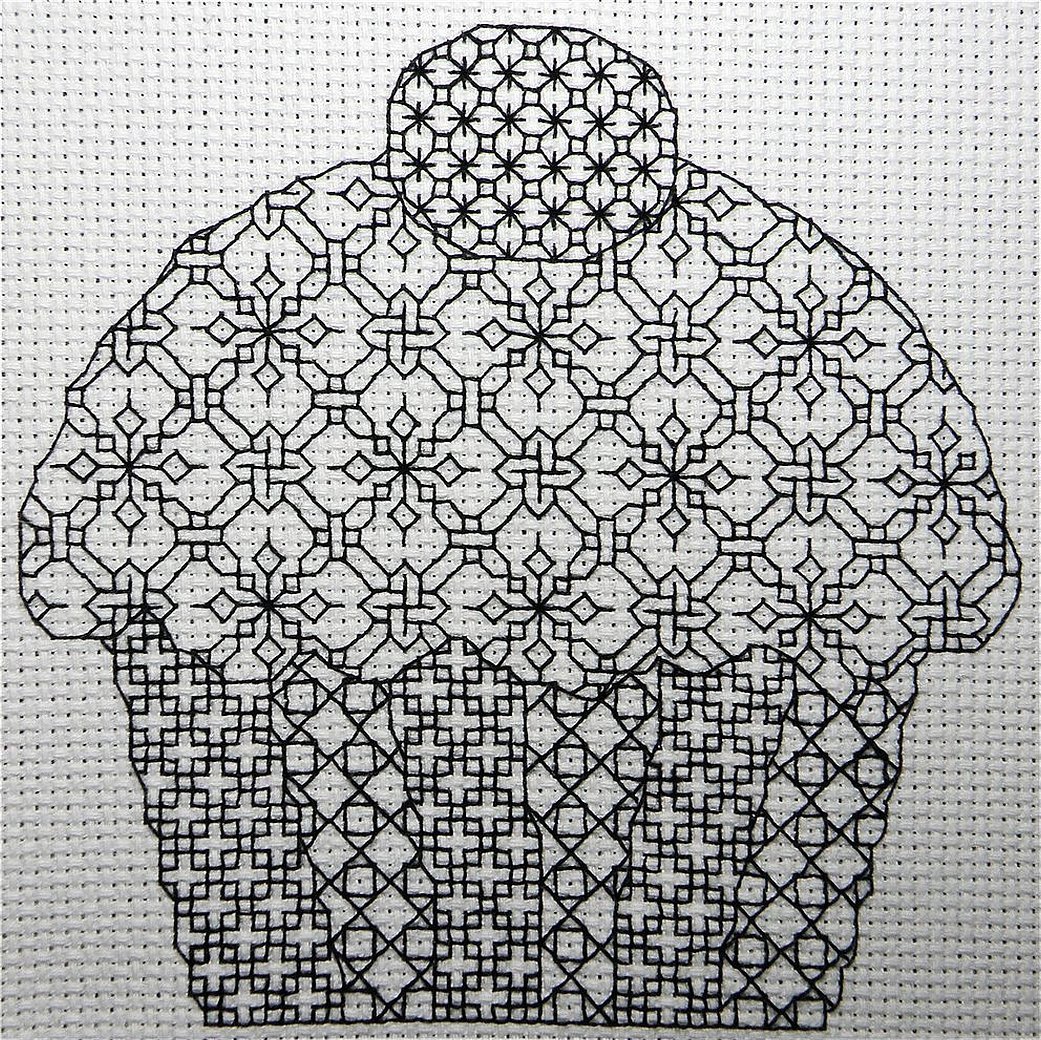
Blackwork technique
Before you start doing this kind of work, you need to learn the techniques that exist, as well as blackwork embroidery patterns.
All work must be done in black tones.
It is best to use silk thread, but floss will also work. So how to embroider blackwork? There are several techniques.
Additional information! Before you start working, you need to tie a loose knot a couple of centimeters from the end of the thread. After finishing the work, carefully untie it and tuck it behind the needle.

Stitch "Painting"
Procedure:
- Make a running stitch, using the center and top outline of the fragment.
- After the last stitch, fill the space between the stitches, moving along the outline. Also embroider the lower outline.
- Embroider a fragment of the blackwork embroidery pattern.
- Fill the space with stitches in the center.
It's quite simple and easy, you just have to try it. You can create landscapes, fish or birds. Such an extraordinary description will make it real.
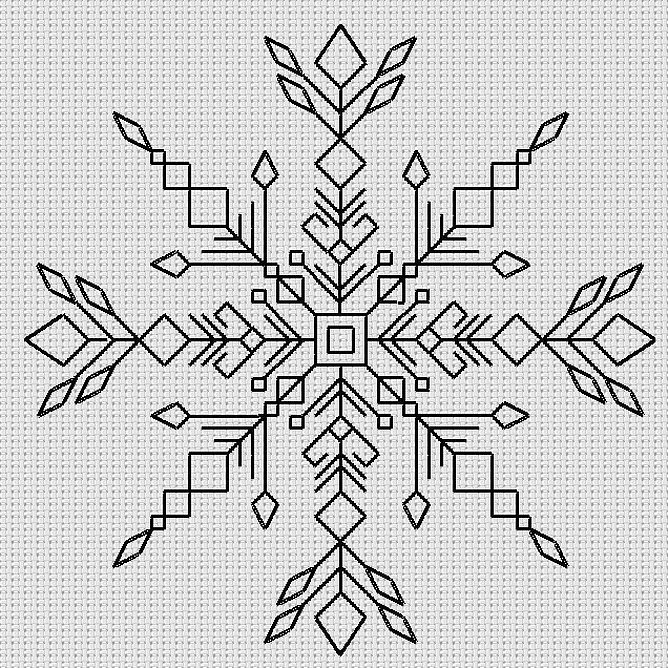
Double running stitch
The following set of actions will help to put an end to the question: how to do this.
- Bring the thread to the front of the canvas and make a straight stitch.
- Do the same on the wrong side.
- Insert the needle where the front stitch ends.
- Pass the thread to the wrong side and bring it out to the front side again in the place where the second stitch ended.
- Repeat straight stitch on front side.
- Continue according to the diagrams.
It is possible to embroider a cross using this technique or something else.
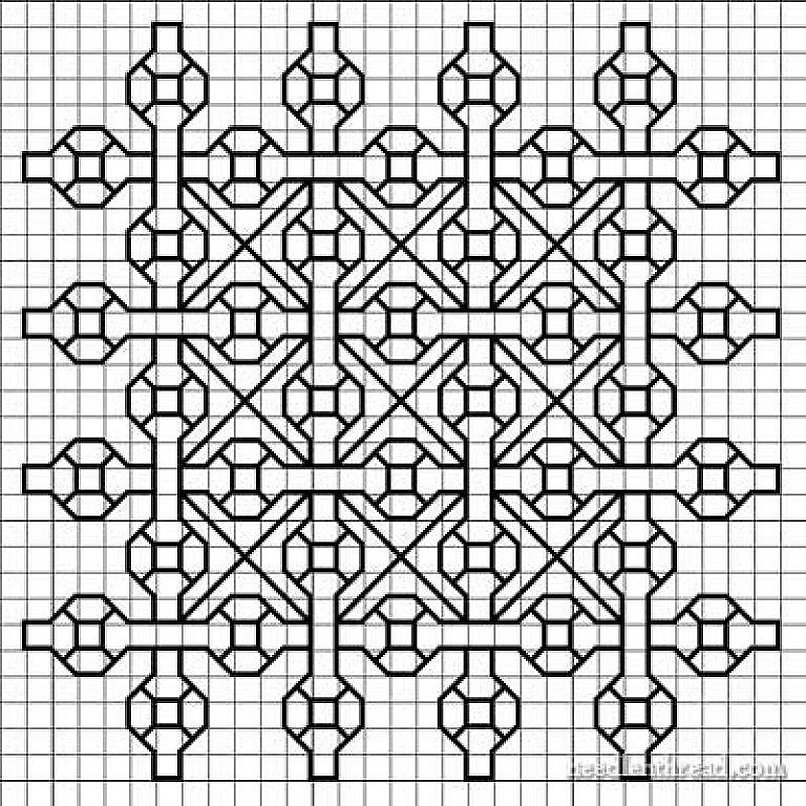
How to embroider using blackwork technique
Before working, you need to familiarize yourself with the patterns. For embroidering the outline, you should use a thicker thread, or fold the thread in half. Do not make long stitches on the back side so that it does not show through.
Important! When creating your own pattern, keep in mind that the design may look slightly different, as it depends on the threads that will be used and their shades.
There is contour blackwork, which is embroidered along the outline of the pattern. There is also shaded blackwork. Here the pattern is made using the density of stitches and the thickness of the threads used.
Inner petals with transition
This stitch is done on narrow areas. It is a simple zigzag pattern. It should be done horizontally or vertically on two different areas to specifically highlight sections, i.e. light and shadow for petals on a flower.
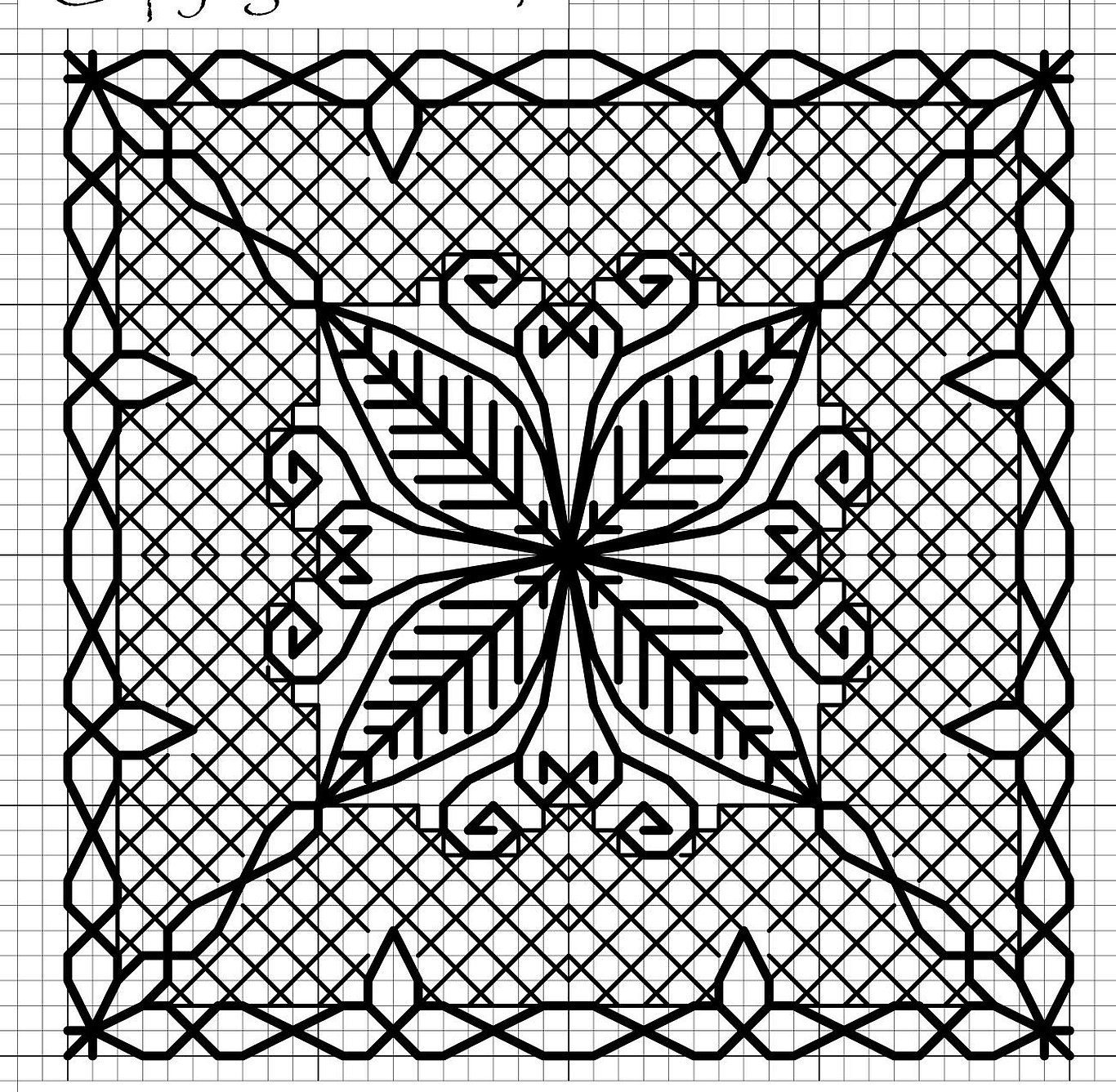
Outer petals
This technique is used to create a shadow or, more precisely, a shadow effect. Embroider the outer petals in one or two threads. Sometimes stitches can be skipped for lighter areas.
Ice patterns with snowflakes
Ice patterns are one of the variants of the scheme for black embroidery. The secret is that for the upper part, the threads that will be used for sewing are taken denser. And towards the bottom they become thinner. Creating the effect of burning towards the bottom. This is for the central pattern. And for the snowflakes around, on the contrary, the lower ones are made darker, and the upper ones are lighter. This looks extremely impressive, as if the drawing was made with a pencil.
Interesting schemes
There are an incredible number of patterns for blackwork embroidery. The "Horse Head" pattern looks very advantageous. "Tulips", various landscapes and animals, patterns and paintings look incredibly aesthetically pleasing. All this can be created with a needle and thread. There are several options for finding a pattern. One is to search the Internet. There you can find everything you want. The variety is dizzying. Another is to find it in magazines. There are many magazines on handicrafts or specifically on blackwork embroidery. They present many different patterns. Well, the third is to come up with one yourself. It only depends on your imagination and desire.
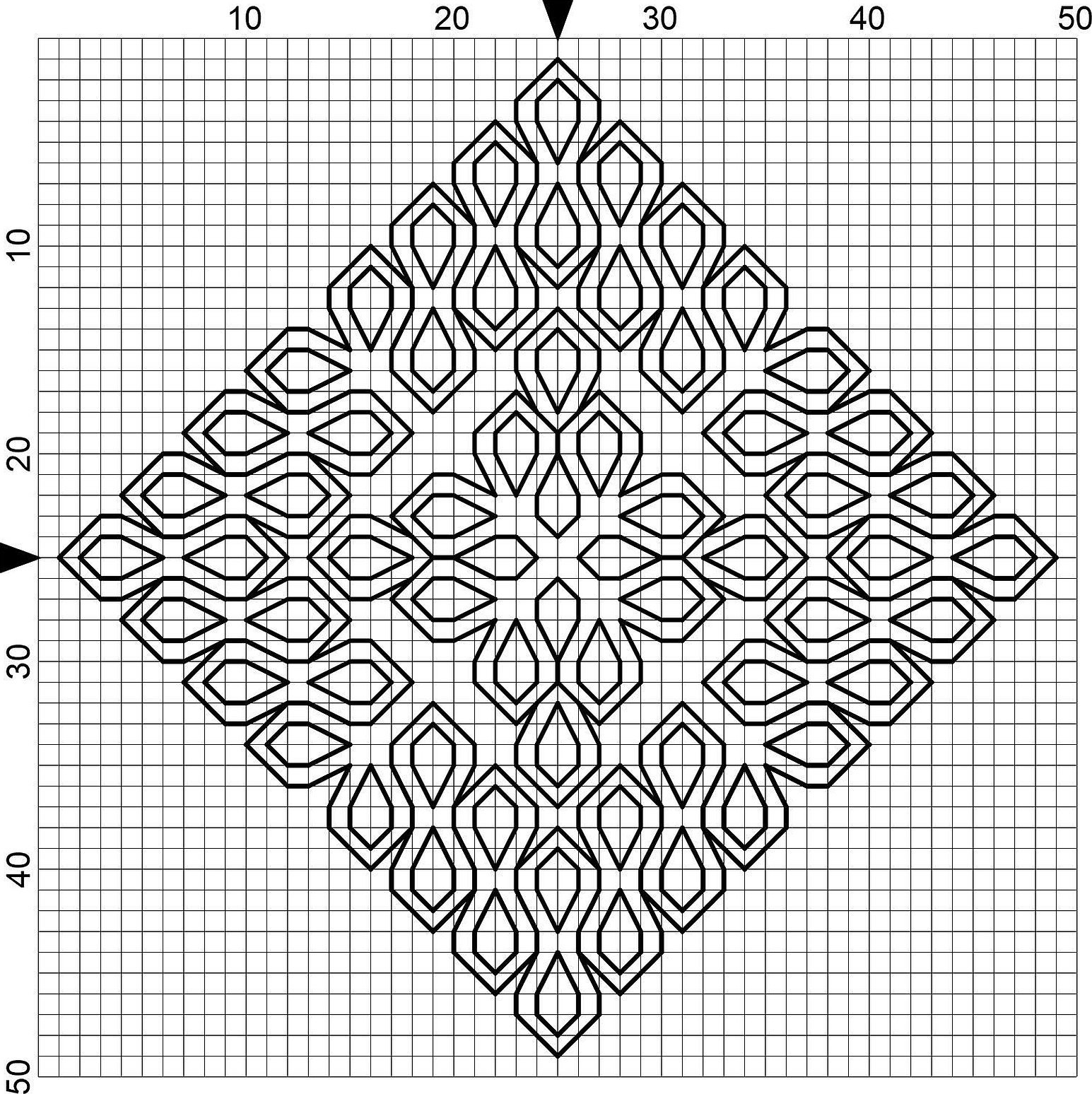
Recommendations and tips
Recommendations and advice for beginners from professionals and masters:
- The first piece of advice is not to be afraid to do what you like. Everything may not work out right away, but if you try, you will get a good result.
- Use floss no longer than 30 centimeters. This is necessary so that the thread does not break or unravel.
- To secure it, it is worth weaving the thread along the previously made pattern on the back side, so that the thread does not show through in the open areas. The back side will also look neater then.
- Probably the best way to attach a thread is to tie a knot. No need to invent or complicate it. A simple knot.
- To prevent light-colored material from getting dirty, cover it with paper, leaving only the work area free.
- Scotch tape is a great helper for removing fluff from fabric.
- Do not leave extra "tails" on the back side. Pay special attention to those places where there will be no embroidery.
- You need to choose one area and work with it.
- A small pattern will look richer than a large design.
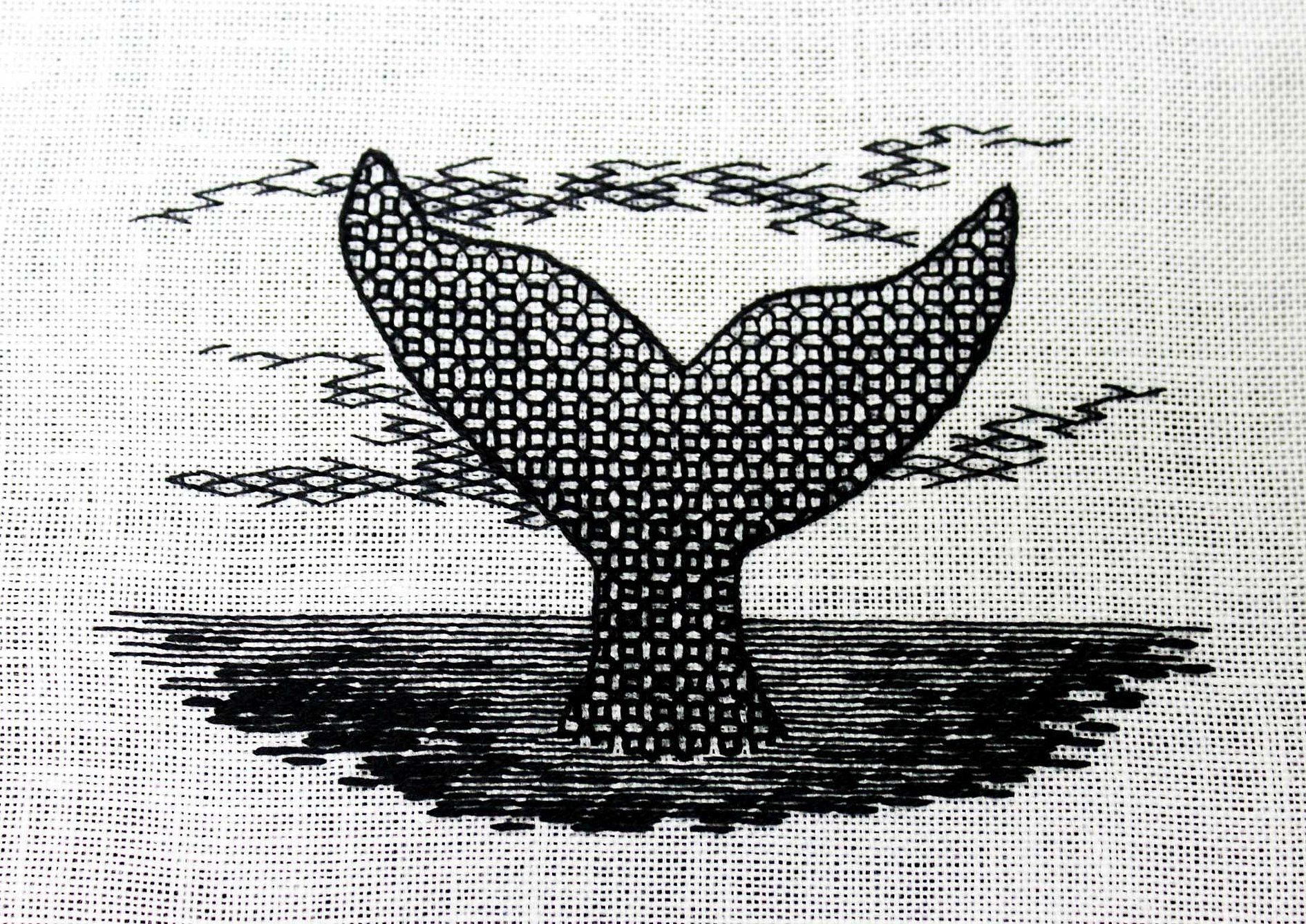
Materials for work
Linen is best suited for the base to create a pattern. The needle for work will need to be thinner than the working needle. In such a needle, the blunt end passes neatly through the material, and at the same time does not catch the threads. It is also worth using an embroidery frame or hoop. It will greatly facilitate the work process.
The threads should be black, not one skein, but several. These should be threads of different shades and different thicknesses, which will help make the embroidery more interesting and beautiful.
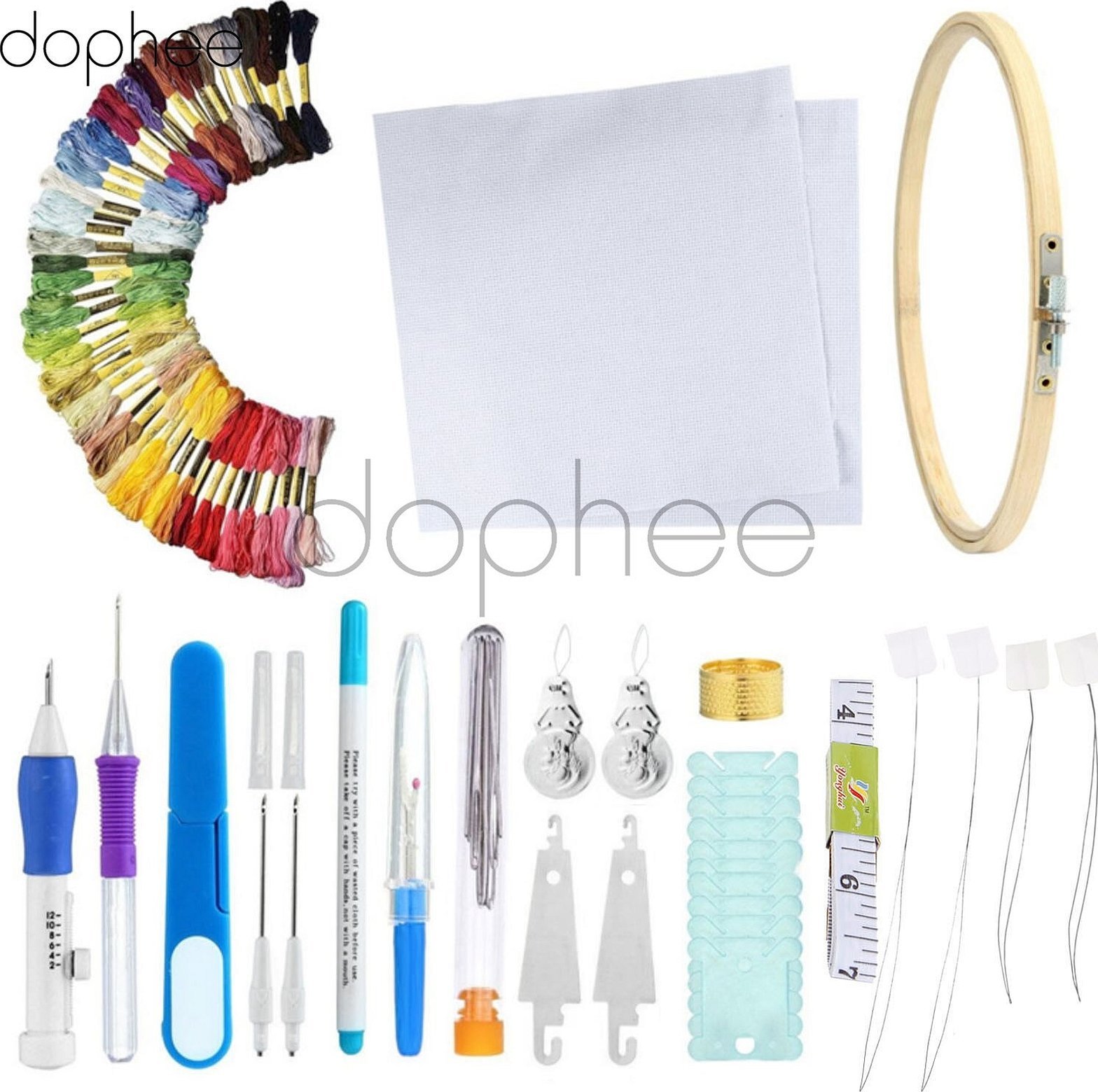
Different stitches may use different amounts of thread. To avoid confusion in this variety, it is better to make stitches in one sequence and learn the main thing - do not let the threads through unfilled areas, this spoils the overall appearance of the picture.
Important! Leaves are a rounded pattern that fills the space and should be done in one or two threads.
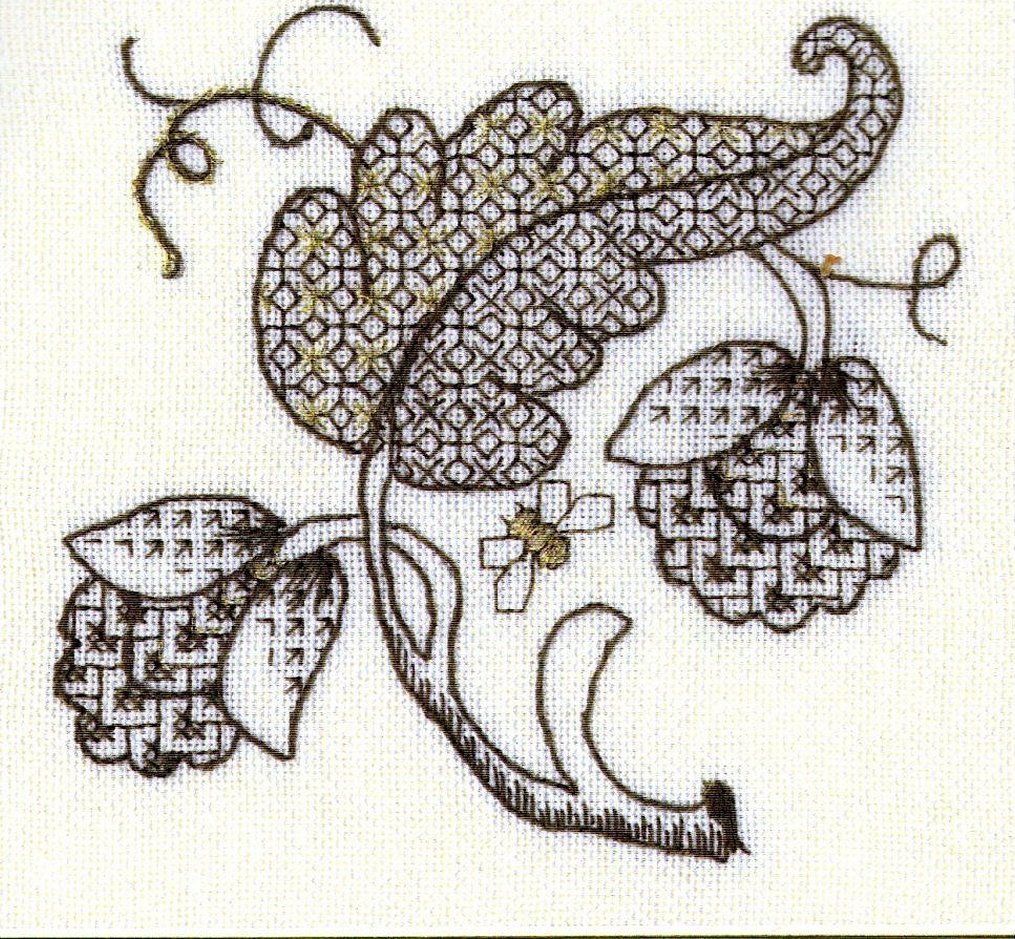
A hand-made item in the blackwork technique will always be more valuable than a purchased one. The finished embroidery can be a great gift or home decoration.




